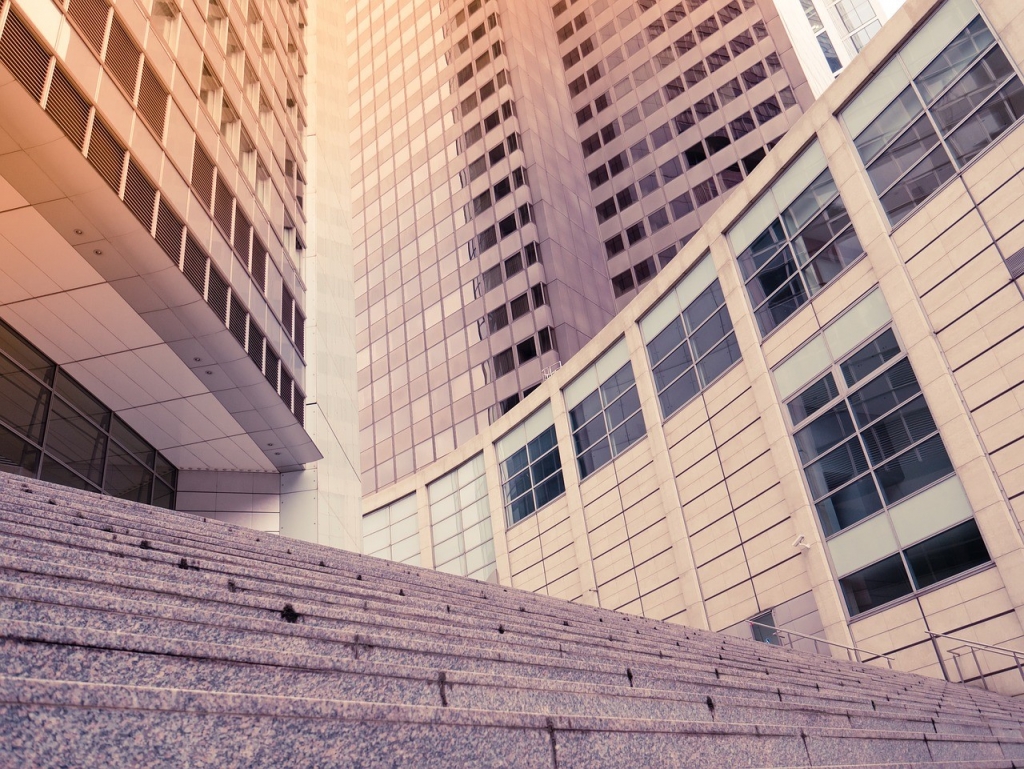Jehbco manufactures custom engineered silicone extrusions to suit your application’s requirements. Our engineers take every effort to ensure that our silicone’s properties match your application perfectly.
An important property of silicone is the coefficient of friction (CoF), which describes how hard it is to slide the silicone along a surface. The CoF affects many areas: examples include the forces in moving seal systems (for example, o-ring seals on pistons); the ability of a seal to remain in place without adhesive; and the compression of a gasket between two hard surfaces.
In a previous article, we discussed how the coefficient of friction is measured. In this article, we’ll look at what factors influence the CoF and how it can be tailored to your application.
The coefficient of friction is a property of the entire system, not only the silicone. In general, the coefficient of friction will be higher (that is, sliding will be more difficult) when silicone is in contact with a rough surface than when silicone is in contact with a smooth surface. The material itself will also affect the coefficient of friction – silicone will slide less against a smooth piece of aluminium than against a smooth piece of Teflon.
Figure 1: Measuring coefficient of friction.
One important system property that can affect the coefficient of friction is temperature. As the temperature decreases, the silicone becomes slightly less soft. This causes the coefficient of friction to decrease very slightly. In addition, lower temperatures may produce condensation. A thin film of water on the surface of the silicone will act as a lubricant and further lower the coefficient of friction, causing the silicone to slide more easily.
Silicone is naturally quite tacky, with a coefficient of friction of approximately 1.0 in many cases. On many of our products, processes are applied to reduce the coefficient of friction. These processes include applying a small amount of talc to the silicone surface and post curing the silicone in an oven for several hours. In general, harder silicones with a higher durometer have a lower coefficient of friction, and our platinum silicone material has a lower coefficient of friction.
Jehbco’s engineers are able to tailor the properties of our silicone to produce a coefficient of friction that meets your requirements, and we have in-house testing capabilities that allow us to measure the coefficient of friction. For any help with your application please review the Jehbco website www.Jehbco.com.au, and contact us with any questions.




